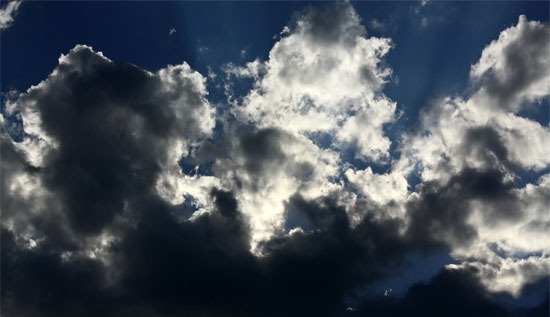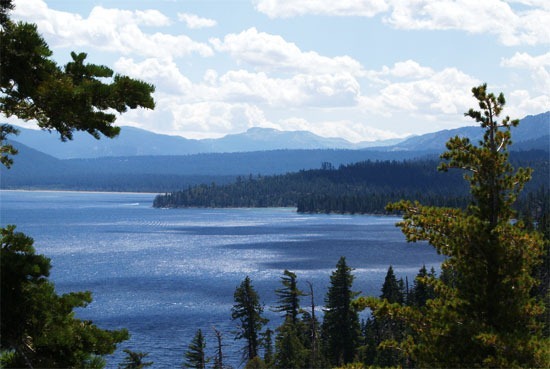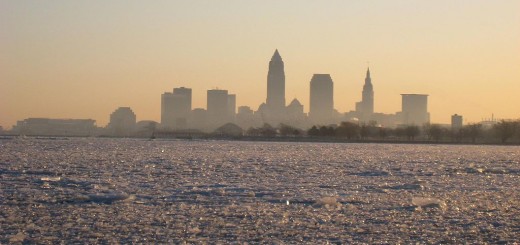Catatumbo Lightning Over Lake Maracaibo
0Rivers that run into lakes look pretty ordinary all over the world. And the area surrounding Venezuela’s Catatumbo River, which flows into Lake Maracaibo, resembles them in many ways. But there is a striking difference between this outflow point and pretty much all the other ones on Earth: Lightning, some 28 bolts a minute on average, lights up its waters during the annual wet season.
The height of the season occurs in October each year, according to the BBC. In the drier months, things slow down, but there are still plenty of nighttime flashes to see. The lightning strikes over the area occur up to 300 nights per year, according to Guinness World Records, in displays that can span nine hours.

Catatumbo Lightning in Venezuela. (Credit: CC BY-SA 3.0 via Wikimedia Commons User Ruzhugo27)
The lightning is so frequent near Lake Maracaibo that it has a few nicknames, including Beacon of Maracaibo, Catatumbo Lightning and “the everlasting storm.”
“It’s nothing unusual for us, so it’s funny that people come to watch what I see from my hammock every night,” said Venezuelan Daniel Bracho, 16, to The Guardian.
It was also written about in a famous poem by Lope de Vega, La Dragontea, that tells the story of English sea captain Sir Francis Drake’s attempt to capture the city of Maracaibo by night in 1959, only to be thwarted by a lighted-up sky that revealed his position. Other sailors have relied on the flashes throughout history as well, using them to navigate from hundreds of kilometers away.

Lightning strikes over the Catatumbo River and Lake Maracaibo. (Credit: CC BY-SA 3.0 via Wikipedia User Thechemicalengineer)
All the atmospheric action puts the region in rare company, according to NASA’s Earth Observatory, as the only other place on the planet that receives as much lightning is the far eastern part of the Democratic Republic of Congo.
So what’s behind the so-called everlasting lightning storms?
A prominent theory, according to Newser, is that unique topography around Lake Maracaibo generates wind as well as heating and cooling patterns that make for the storms. Humidity and water droplets in the air are thought to collide with ice crystals in cold air, creating flashes of static electricity. Interestingly, the lightning ceased from January to April in 2010, a time during which there were dramatic average temperature differences on both sides of the north Atlantic, so oscillations of El Niño and La Niña may also be a factor.













